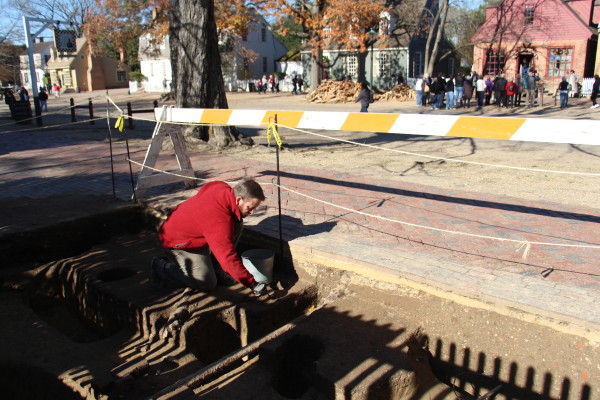 Mark Kostro seems awfully patient. He scrapes steadily at the soil, removing thin layers of the soil with each motion. But what lies beneath might once again revise our understanding of Williamsburg’s colonial cityscape.
Mark Kostro seems awfully patient. He scrapes steadily at the soil, removing thin layers of the soil with each motion. But what lies beneath might once again revise our understanding of Williamsburg’s colonial cityscape.
Mark is a Colonial Williamsburg archaeologist, and he’s working in a hole on Duke of Gloucester St. that grows deeper by the day. There’s nothing but grass, a fence, and a couple of trees today, but in the middle of the 18th century two small buildings occupied this space between Edward Charlton’s house and Wetherburn’s Tavern.
It’s the newest archaeological dig in town, but it’s just a “toe in the water” in advance of what is likely to become a broader excavation in the near future.
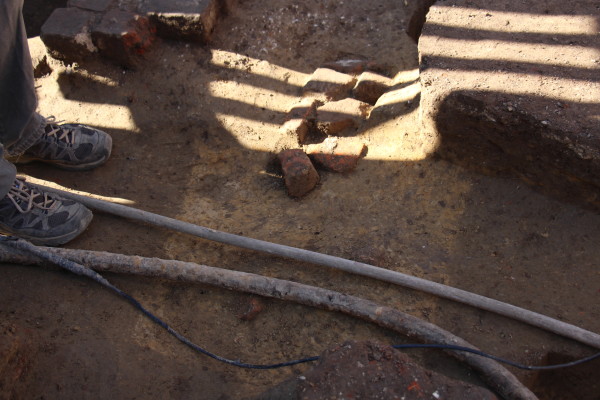
The dig began in mid-November, but they are just getting past previous excavations. A 1966 excavation of the same site yielded many clues, but their interest at that time was limited to learning about the mid-18th-century occupation of the site. This time Williamsburg’s archaeologists are after the whole human history, which could date back to the late 1600s.
So far they have found a lot of human activity in that hole, but they won’t be able to say what it all means until they excavate further. It might be building foundations, fence posts, or plant features, for example. The shaded square visible in the soil above indicates the location of a post of some kind. A small treasure showed was uncovered today, the 1796 penny pictured below (courtesy of our friend Fred Blystone).
The two “missing” buildings were tenements, smallish buildings that were rented out, and happened to be among the best addresses in colonial Virginia. One was John and William Rowsay’s jewelry shop, second from the right in the image below from Virtual Williamsburg. James Slate ran his tailoring business during the 1770s from the building second from left below. (Edward Charlton’s house is on the far left; Wetherburn’s Tavern is on the far right.)
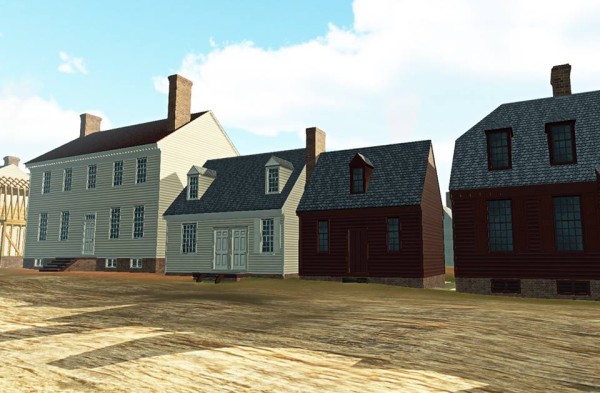
The area being excavated would have been the Slate tenement’s front porch. Mark expects to pinpoint the location of the porch’s foundation, and perhaps some artifacts just outside it.
“Artifacts,” as in litter. Stuff 18th-century folks just tossed nearby. All that stuff piles up and becomes either a big heaping mess or a treasure trove, depending on your viewpoint.
Garbage, says Mark, is going to go out the front of the house or the back of the house. The back is more likely, but there’s likely to be some finds out front. And yesterday’s garbage is today’s artifact. Anything man-made, in fact, qualifies. Add up enough artifacts and you get an object.
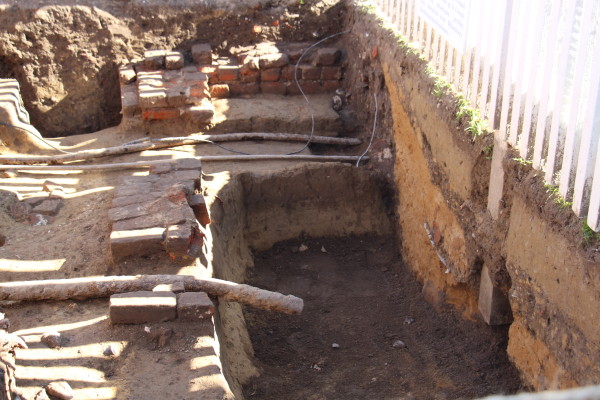
All the fragments are turned over to the Archaeological Collections staff, which painstakingly catalogues every single artifact, and generates reports that can run hundreds of pages detailing the characteristics of the finds. And that’s before any larger analysis takes place. But we’re getting ahead of ourselves.
An extreme example of a treasure trove was the midden, or trash heap, uncovered several years ago in the back of the Charlton’s Coffeehouse site near the Capitol. Some 600,000 artifacts were collected there: wine bottles, pottery, pipes, animal bone, jewelry, and more.
Mark says they plan to excavate this small area just outside the fence along Duke of Gloucester St. until the end of the year, as long as the weather cooperates. They will dig to the point that indicates the first human activity on the site.
The excavation promises to give us a better understanding of when the tenement was built, how long it was occupied, and who else besides Slate might have lived there.
The archaeology, along with other historical records, will make it possible to refine current theories about exactly what the building looked like in the middle of the 18th century. The current thinking is expressed in the image below from Virtual Williamsburg.

With luck, we’ll also learn when the tenements were torn down. It might come from a concentration of bricks and mortar from demolition, or at least ghost impressions in the soil. Much less likely would be charred ground indicating a fire. The building is believed to have lasted into the 19th century.
Mark hopes that a larger dig will commence in the Spring to explore the rest of the land once occupied by a tailor and a jeweler, but it will depend on funding, competing priorities, and, of course, whether this month’s archaeology suggests that a larger project will bear fruit.
Even if they decide not to dig the whole site, they might strategically target some areas in search of the answers to specific questions.
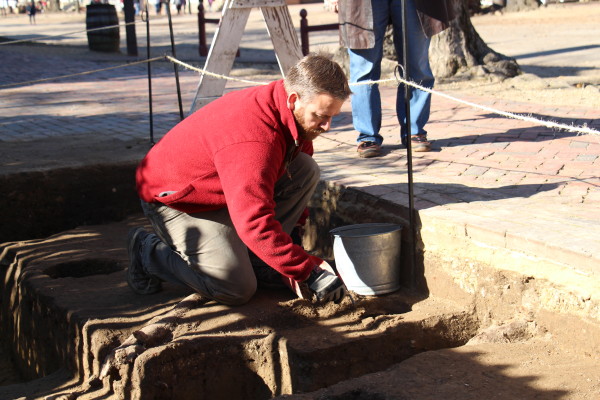
Depending on the results of the excavation as well as other evidence,it’s possible the tenements might be reconstructed somewhere down the road. But one exciting aspect of this project, apart from the learning more about the cityscape, is that it will fill in some of the blanks in the archaeological record.
Archaeological digs have occurred all over the Historic Area, but they are a patchwork of different people researching diverse sites over many years. Part of the challenge—and the opportunity—is to synthesize the excavations that occurred in adjacent lots, to fill in some of those blanks.
Like history itself, we’re constantly revising the story. But it takes time, so please join me in resisting the urge to yell, “Dig faster, Mark!”
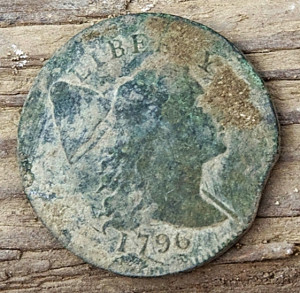


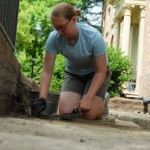
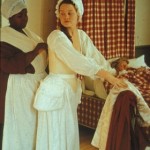
Don Spreeman says
I wish to say, that the 1796 coin found is not a penny.
It is a cent, or 1/100 of a dollar. We do not have pennies made by our US mints.
This article has made me wonder, What is the next building project at Williamsburg? Since Market House is done what are the next plans to come? Another great post in the making. I will look forward to seeing the dig site two weeks from today. I can hardly wait.
Joan, the short answer is we don’t know. It’s been quite a flurry of new buildings the last few years, so I suspect a lot of folks are still catching their breath. And although I don’t know about any 18th century reconstructions, we’re looking forward to the planned expansion of the Art Museums.
Thanks for the response. I’ll look up a few at Rockefeller in the near future. have a Merry Christmas and Happy New Year.
Our pleasure! Thanks for your interest, and Merry Christmas to you, too!
How exciting. Were these two buildings on the Frenchman’s map? Back in 1926 do you know if there were other buildings on these area?
Thanks, always enjoy reading the Making History posts.
Christine,
That’s a great question, one that I didn’t even think to ask. But I did now, and Mark said that yes, the tenements are on the Frenchman’s Map, but they are represented in such a way that it appears that all the buildings there are connected. We know that’s not correct. Earlier archaeology discovered that the Charlton House, for example, was about four feet from the Slate tenement.
I don’t have a definitive answer to your second question, although it appears that the tenements disappeared sometime in the 19th century. If you’re curious about more details, the good news is that many research reports, including this one, are easily available at the Rockefeller Library’s Digital Library: http://research.history.org/DigitalLibrary/research-reports/